Another 100 farmers have expressed interest in joining the Hen Harrier Programme since the start of February, bringing the total to more than 1,300, project manager Fergal Monaghan told the Irish Farmers Journal.
Meanwhile, the project team accepted a second batch of 86 participants into the scheme on Thursday, after the first 80 got in last month. Farmers closest to the endangered bird's nests and roosts, and those with a higher proportion of their land in designated protection areas, are prioritised for entry into the scheme.
Farmers' training
Training sessions will start in March, with a target of 500 farmers to be trained before approved advisers begin assessing farms this summer to help them claim payments for bird habitat quality and plan actions to improve their score.
Monaghan acknowledged two challenges in discussions with farmers at an IFA regional information meeting in Killaloe, Co Clare, on Thursday.
Hen harrier breeding grounds on hills need low-level summer grazing to prevent wildfires. "We need a slightly older animal with a more mature digestive system to graze these lands in June and July," he said. "The move towards slaughter at 30 months has created a problem. Apart from replacement heifers, suckler farmers don't have these animals any more." While cows would be appropriate, the land would not suit their calves at foot in that season and the scheme may encourage farmers on designated land to keep a different age mix of animals in the future.Nutrient deficiencies mean that cattle left on those hills lose condition. "Mineral licks are designed for lowland farms," Monaghan acknowledged. To address this, the Hen Harrier Programme team has started work with an animal nutrition company to analyse grass in designated areas and create a specific mineral lick.These were among the questions that led farmers present at the meeting to scratch their heads when trying to work out if the balance of costs and payments expected from the scheme would tip in their favour. "All this needs to be quantified," said Stephen Walsh, who farms in Feakle, Co Clare. He called for more research into the economics of the scheme.
No compensation for designation
Several farmers also mentioned the short-lived scheme implemented by the National Parks and Wildlife Service (NPWS), which paid €350/ha for up to 40ha when hen harrier land was designated 10 years go. They said that some farmers had not objected to the designation of their land because the NPWS scheme offered them compensation at the time, but realised now that the new programme would deliver less.
Monaghan replied that the Hen Harrier Programme was not intended to compensate for the loss of land value and income due to designation. "Compensation is an issue for another forum. This is an opportunity for farmers to generate another income for delivering habitats, which they have done for hundreds of years and had not been recognised," he said.
He added that while the NPWS scheme was incompatible with REPS, the new Hen Harrier Programme offers payments in addition to GLAS.
Read more
Hen Harrier Programme targets more than 1,000 farmers
Full coverage: Hen Harrier Programme
Another 100 farmers have expressed interest in joining the Hen Harrier Programme since the start of February, bringing the total to more than 1,300, project manager Fergal Monaghan told the Irish Farmers Journal.
Meanwhile, the project team accepted a second batch of 86 participants into the scheme on Thursday, after the first 80 got in last month. Farmers closest to the endangered bird's nests and roosts, and those with a higher proportion of their land in designated protection areas, are prioritised for entry into the scheme.
Farmers' training
Training sessions will start in March, with a target of 500 farmers to be trained before approved advisers begin assessing farms this summer to help them claim payments for bird habitat quality and plan actions to improve their score.
Monaghan acknowledged two challenges in discussions with farmers at an IFA regional information meeting in Killaloe, Co Clare, on Thursday.
Hen harrier breeding grounds on hills need low-level summer grazing to prevent wildfires. "We need a slightly older animal with a more mature digestive system to graze these lands in June and July," he said. "The move towards slaughter at 30 months has created a problem. Apart from replacement heifers, suckler farmers don't have these animals any more." While cows would be appropriate, the land would not suit their calves at foot in that season and the scheme may encourage farmers on designated land to keep a different age mix of animals in the future.Nutrient deficiencies mean that cattle left on those hills lose condition. "Mineral licks are designed for lowland farms," Monaghan acknowledged. To address this, the Hen Harrier Programme team has started work with an animal nutrition company to analyse grass in designated areas and create a specific mineral lick.These were among the questions that led farmers present at the meeting to scratch their heads when trying to work out if the balance of costs and payments expected from the scheme would tip in their favour. "All this needs to be quantified," said Stephen Walsh, who farms in Feakle, Co Clare. He called for more research into the economics of the scheme.
No compensation for designation
Several farmers also mentioned the short-lived scheme implemented by the National Parks and Wildlife Service (NPWS), which paid €350/ha for up to 40ha when hen harrier land was designated 10 years go. They said that some farmers had not objected to the designation of their land because the NPWS scheme offered them compensation at the time, but realised now that the new programme would deliver less.
Monaghan replied that the Hen Harrier Programme was not intended to compensate for the loss of land value and income due to designation. "Compensation is an issue for another forum. This is an opportunity for farmers to generate another income for delivering habitats, which they have done for hundreds of years and had not been recognised," he said.
He added that while the NPWS scheme was incompatible with REPS, the new Hen Harrier Programme offers payments in addition to GLAS.
Read more
Hen Harrier Programme targets more than 1,000 farmers
Full coverage: Hen Harrier Programme




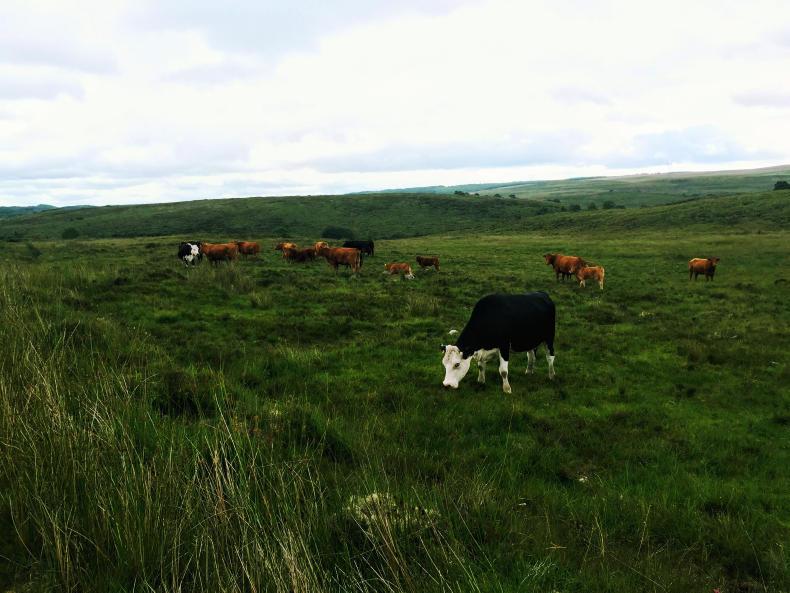
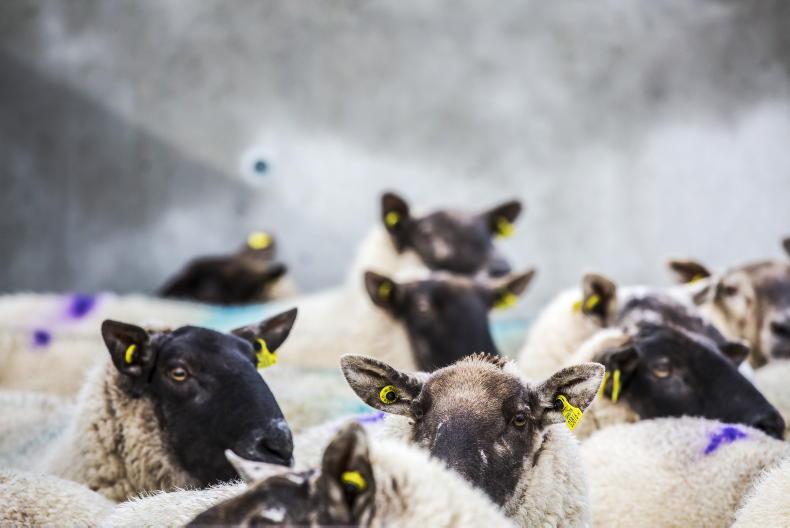
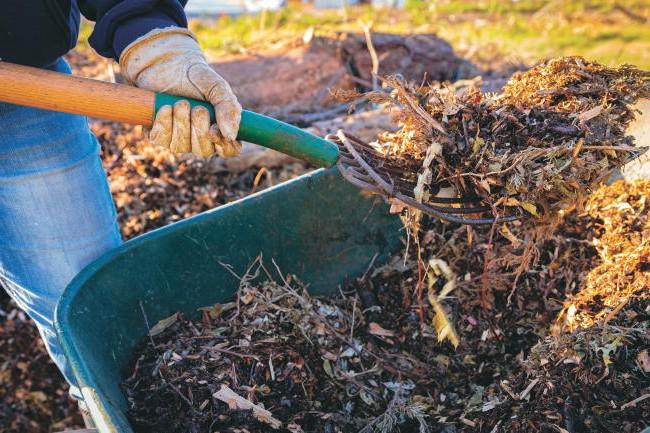
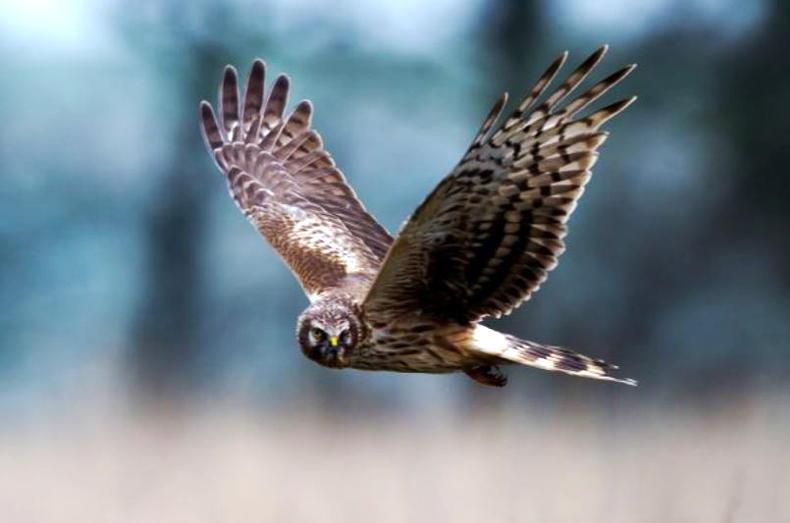
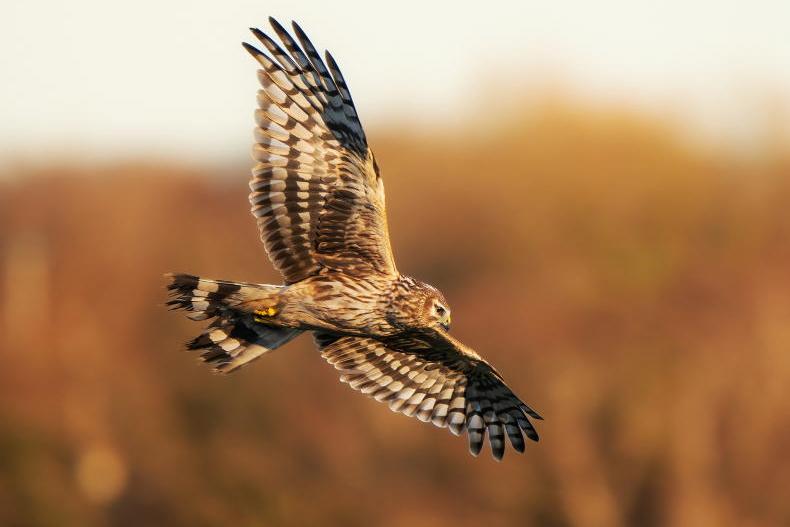
SHARING OPTIONS